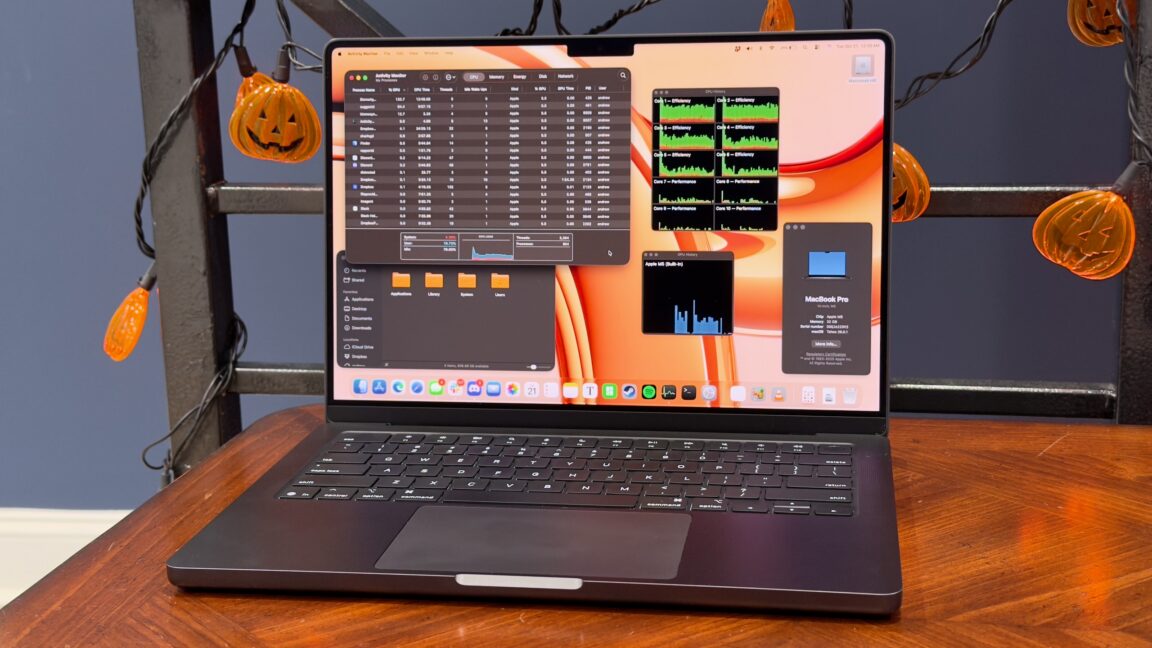Apple Enters Budget Laptops: A New Era for Affordable Macs

Apple's New Strategy in the Budget Laptop Market
Apple Inc. is set to make a significant shift by entering the low-cost laptop segment for the first time. Traditionally focused on premium devices, this move aims to attract buyers currently opting for Chromebooks and affordable Windows PCs. Developing a budget-friendly Mac signals Apple's intention to broaden its user base and compete more aggressively in education and cost-sensitive markets.
What to Expect from the Budget Mac
The upcoming low-cost Mac is expected to retain Apple's signature design and performance quality while cutting costs through streamlined features and materials. This approach could disrupt the entry-level laptop market by offering a reliable, user-friendly alternative with macOS, appealing especially to students and first-time buyers who prioritize both value and brand prestige.
Potential Market Impact
Apple’s expansion into budget laptops could challenge the dominance of Chromebooks in schools and emerging markets. By providing an affordable yet powerful option, Apple may redefine consumer expectations, increasing competition and innovation among laptop manufacturers in the entry-level category.
About the Organizations Mentioned
Apple Inc.
## Overview Apple Inc. is a global technology leader renowned for its innovative hardware, software, and services. Headquartered in Cupertino, California, Apple designs, manufactures, and markets smartphones (iPhone), personal computers (Mac), tablets (iPad), smartwatches (Apple Watch), digital media players, and a suite of accessories and wearables[2]. The company also operates a vast ecosystem of services, including Apple Music, iCloud, Apple Pay, and the App Store, which collectively form a significant and growing portion of its revenue[3]. ## History and Key Achievements Apple was founded in 1976 by Steve Jobs and Steve Wozniak, quickly making history with the Apple II, one of the first mass-produced personal computers[2]. The company pioneered the graphical user interface (GUI) with the Macintosh in 1984, setting new standards for user experience. After a period of decline, Apple’s resurgence in the late 1990s and 2000s was marked by groundbreaking products like the iPod (2001), iPhone (2007), and iPad (2010), which redefined entire industries. Apple’s integration of hardware, software, and services created a seamless ecosystem that fostered customer loyalty and drove industry transformation[2]. Apple became the first publicly traded U.S. company to reach a $1 trillion valuation in 2018, a milestone reflecting its dominant market position[1]. The company’s emphasis on design, privacy, and user experience has consistently set it apart from competitors. ## Current Status As of October 2025, Apple is valued at over $4 trillion, with annual revenue exceeding $400 billion and a share price around $270[1][2]. Despite a record year for services revenue and the launch of new products like the iPhone 16e and M4 MacBook Air, Apple faces challenges: a 19% year-to-date stock decline, heightened antitrust scrutiny, and intensifying competition in artificial









